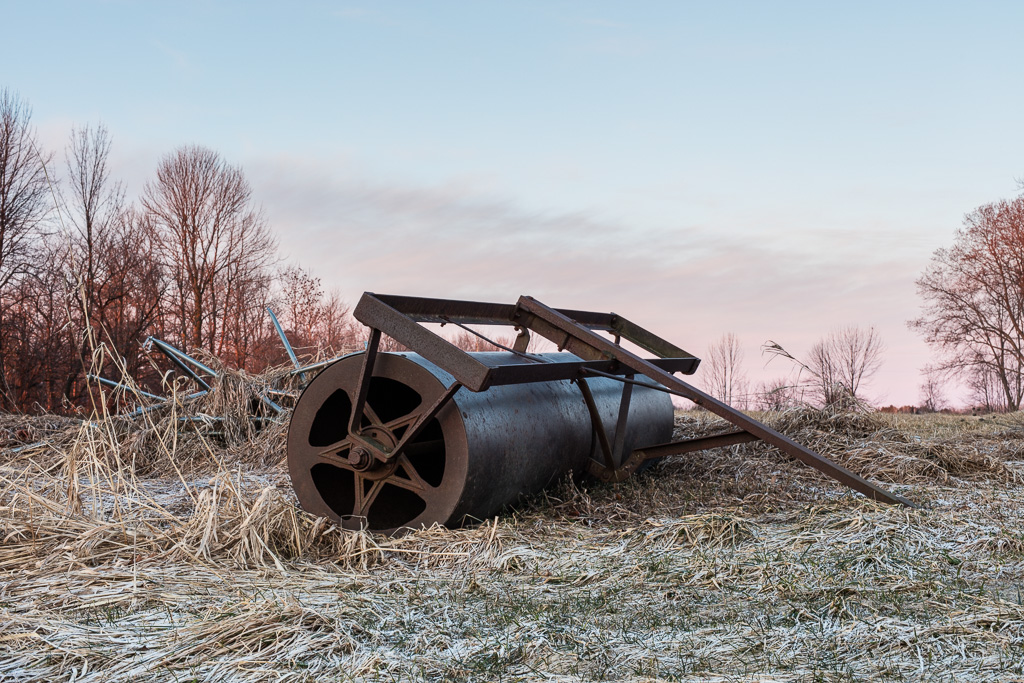During the first pandemic lockdown, our son helped us pass the time by setting up his VR hardware in the living room and letting us take turns wearing his headgear. For a few hours each day, I defended a medieval castle, I smashed lights on a futuristic conveyor belt, and I bludgeoned 3D zombie hordes before they could eat my brains. But then, when I realized I could make screen captures of my environments, I decided to wander through these virtual environments the same way I wander through real environments when I go on photo walks. I would observe my virtual world and respond by documenting it with “photos.”
For the time being, the resolution of screen captures in virtual environments doesn’t come anywhere close to the resolution of the images I make with my digital cameras, but it’s only a matter of time before these images are indistinguishable. When we cross that threshold, we will have to confront an important philosophical question about the nature of reality. It’s important (to a photographer) because it has practical consequences for discussions about the legitimacy and authenticity of contemporary photographic practice.
Given today’s post-processing tools—AI sky replacement, facial expression alterations, easy elimination of objects—it’s becoming increasingly difficult to verify that a photographic image corresponds to anything in the real world. This is especially problematic for documentary photographers and photo journalists. Post-processing tools are shifting to in-camera processing tools so that many of these alterations happen the instant the shutter is released. Who’s to say, then, that the image above represents a scene I stumbled upon while I was actually walking through a field. Maybe I added the sunrise colours using plug-ins I’ve installed in Adobe Lightroom. Or maybe this is a screen cap from a VR game.
There is a convincing argument that we already inhabit a video game. It’s called the Simulation Hypothesis. The idea hinges on the likelihood that a civilization could become sufficiently advanced to produce simulations of such granularity that they are effectively indistinguishable from the real world. Presumably photographs made within such a simulation would likewise be indistinguishable from photographs made in the real world.
If this hypothesis seems too far-out for your taste, consider the growing consensus among neurologists that what we call reality is, in fact, a shared hallucination. I commend Anil Seth’s 2021 book, Being You: A New Science of Consciousness. At the risk of oversimplifying, he suggests that the neurological mechanisms we use to perceive our world function in the same way as when we hallucinate. What distinguishes our experiences of perceiving reality and hallucinating is that there is a social dimension to perceiving reality. Most of us have the same experience when we perceive things and that sameness reinforces the “realness” of the things we perceive. But the experience of sameness doesn’t arise because we all perceive the same real things, but because we all have the same neurological toolkit.
To the extent that photography is simply a record of our perceiving, there is no necessary reason why a photograph should correspond to anything in the real world. The most that can be said of a photograph is that it is a photograph.
